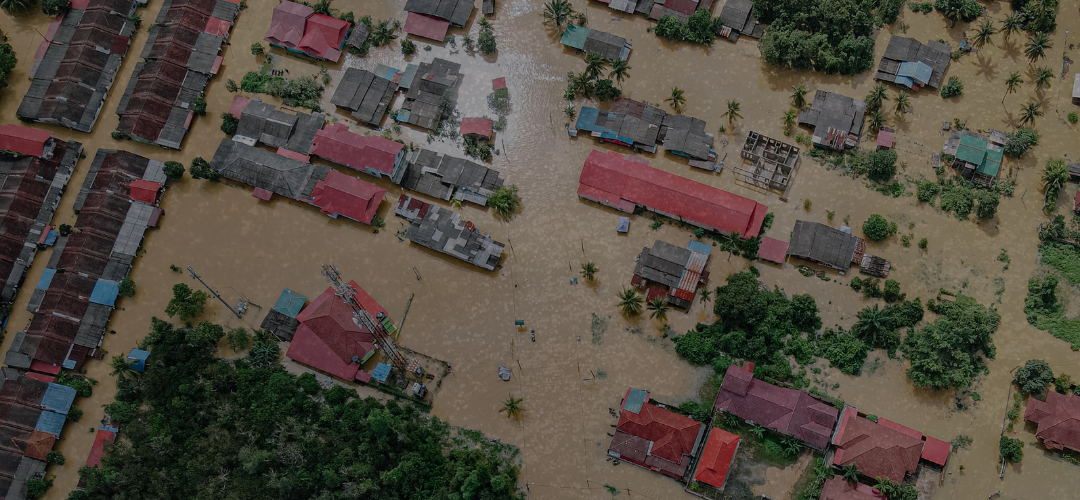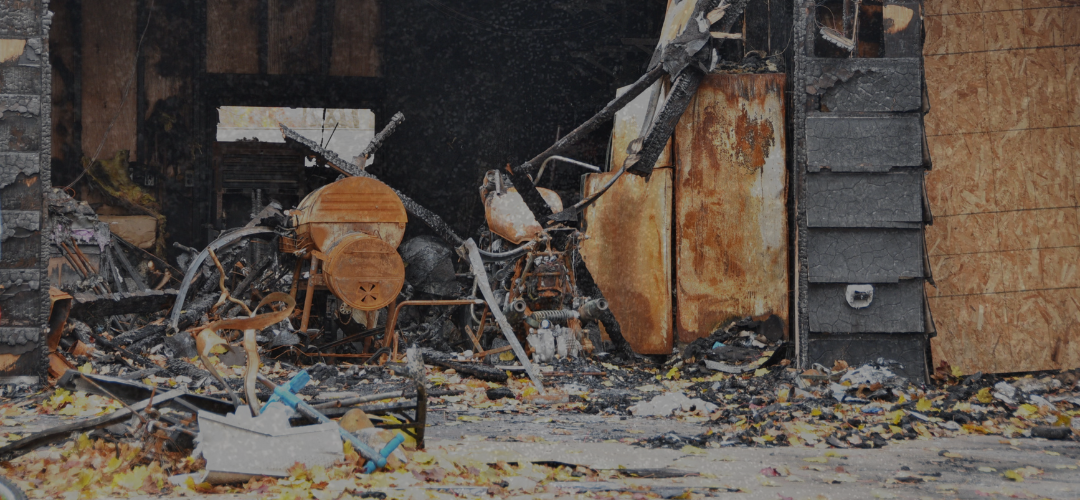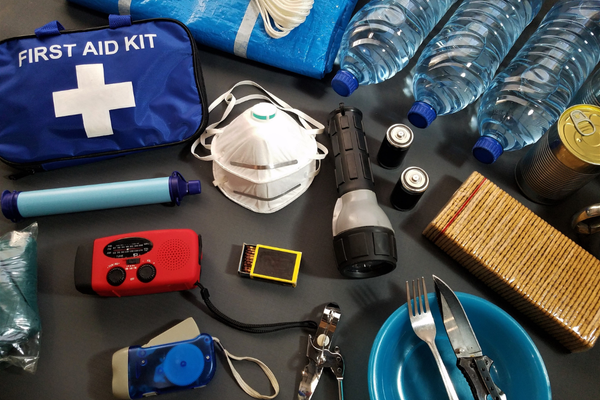When Disaster Strikes, Every Minute Counts
Natural disasters and unexpected property damage can happen without warning. One moment your home or business is secure, and the next moment you’re facing broken windows, damaged roofs, or structural openings that leave your property vulnerable to further damage.
The critical first hours after property damage
The first 24 to 48 hours after property damage are absolutely critical for preventing additional problems. During this time window, exposed openings allow:
- Water infiltration that can spread throughout the structure
- Wind and debris to cause more interior damage
- Theft and vandalism in vulnerable properties
- Temperature changes that affect remaining belongings
- Mold spores to begin growing in damp conditions
Why immediate protection is essential for preventing further damage
Emergency board up services near me become a lifeline during these critical hours. Professional emergency response teams understand that quick action prevents thousands of dollars in additional damage.
Without proper protection, a minor roof leak can turn into major water damage throughout multiple rooms. Broken windows invite weather, animals, and unwanted visitors into your property.
Overview of emergency board-up and tarp services
Emergency board-up services secure broken windows, doors, and structural openings using professional-grade materials. Emergency roof tarp services provide immediate weather protection for damaged roofing systems.
These services include:
- 24/7 emergency response teams
- Professional-grade materials and equipment
- Proper installation techniques for maximum protection
- Documentation for insurance claims
- Regular monitoring and maintenance
How quick response can save thousands in additional repairs
Studies show that properties receiving emergency protection within 24 hours experience 60% less secondary damage than those left exposed. Emergency roofing services can prevent water damage that would otherwise require extensive drywall replacement, flooring repairs, and mold remediation.
A fast response also helps maintain your insurance coverage. Many policies require reasonable steps to prevent further damage after initial loss.
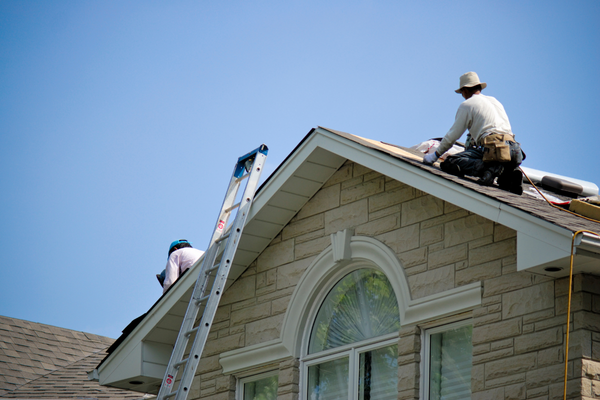
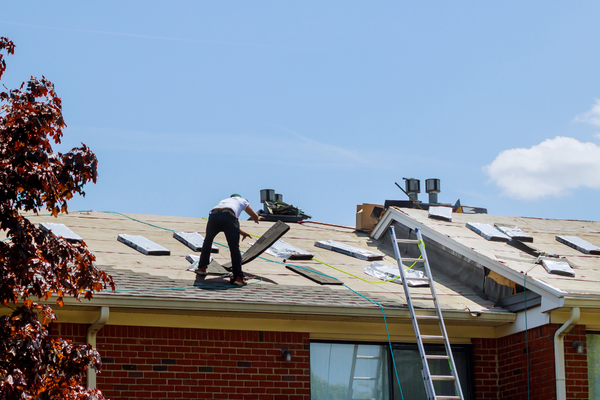
Understanding Emergency Board-Up Services
What is an emergency board-up?
An emergency board-up involves securing damaged openings in a building using plywood, specialized hardware, and weatherproofing materials. This temporary protection prevents further damage while permanent repairs are arranged.
Emergency boarding up creates a secure barrier against weather, intruders, and animals. Professional installation includes proper fastening, weatherproofing, and access considerations for ongoing property use.
Types of damage requiring board-up:
Storm and wind damage High winds can shatter windows, blow out doors, and create large openings in walls or roofs. Emergency board-up services provide immediate protection while insurance adjusters assess the damage.
Fire damage to windows and doors Fire and heat can destroy windows, doors, and create openings in walls. Boarding up service prevents weather damage to fire-damaged structures and secures the property from unauthorized entry.
Break-ins and vandalism Criminal activity often leaves broken windows, damaged doors, or other security breaches. Property board up services restore security and prevent repeat incidents.
Structural damage from accidents, vehicle accidents, fallen trees, or construction mishaps can create sudden openings. Emergency board-up services provide immediate protection while repair plans develop.
Construction-related openings During major renovations, temporary openings may need weather protection. Professional boarding prevents construction delays caused by weather damage.
Materials used in professional board-up:
Plywood specifications and grades Professional services use exterior-grade plywood, typically 5/8-inch or 3/4-inch thickness for maximum strength. CDX plywood provides weather resistance and structural integrity for temporary installations.
Fastening systems and hardware Specialized screws, bolts, and brackets create secure attachments that resist wind loads and tampering. Professional hardware includes weather sealing and theft-resistant features.
Weather-resistant barriers Plastic sheeting, caulks, and sealants prevent water infiltration around board-up installations. Proper weatherproofing protects both the boards and the underlying structure.
Temporary door and window solutions When access is needed, professional installations include hinged panels, lockable doors, or removable sections that maintain security while allowing entry.
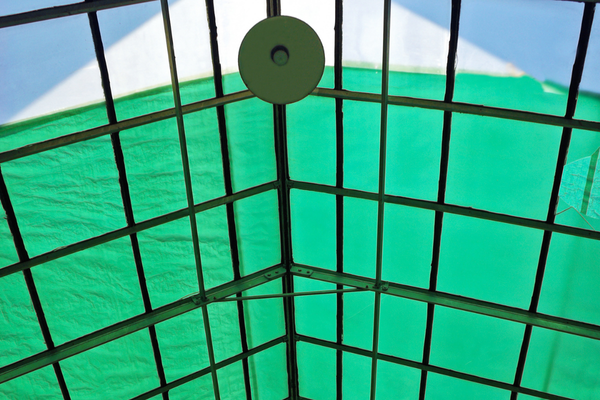
Emergency Tarp Services: Your Roof's First Aid
When tarping becomes necessary:
Roof damage from storms and hail Severe weather can damage shingles, create holes, or expose roof decking. Emergency roof tarp services provide immediate weather protection while permanent roofing repairs are planned.
Missing or damaged shingles High winds often lift or remove shingles, creating vulnerable spots for water entry. Roof tarps cover these areas and prevent interior water damage.
Fallen tree damage Trees falling on roofs create immediate openings that need emergency roof covering. Professional tarping secures the area and prevents further structural damage.
Fire damage to roofing systems Fire can burn through roofing materials, leaving large openings exposed to weather. Roofing tarp installations protect fire-damaged structures from rain and wind.
Construction delays requiring temporary protection New construction or major roof repairs sometimes face weather delays. Temporary roof tarping keeps work areas dry and prevents damage to completed work.
Types of emergency tarping:
Blue poly tarps for temporary coverage Standard blue tarps work for small areas and short-term protection. These affordable options handle minor leaks and damage while permanent repairs are arranged.
Heavy-duty reinforced tarping systems Large damage areas require reinforced tarps with stronger materials and more secure fastening systems. Professional-grade tarps resist tearing and provide longer-term protection.
Shrink-wrap solutions for large areas Major roof damage may need shrink-wrap systems that conform to complex roof shapes. These systems provide weathertight protection for extensive damage areas.
Custom-fitted protective coverings Complex roof shapes or historic buildings may require custom tarping solutions. Professional services design and install protective systems for unique architectural features.
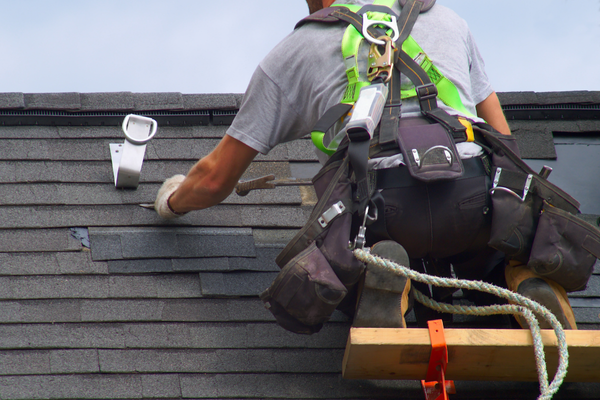
The Critical Timeline: Why Speed Matters
The 24-48 hour window for preventing secondary damage:
Research shows that the first 48 hours after property damage are critical for preventing additional problems. During this time, emergency roofers near me and board-up specialists can prevent most secondary damage.
Content Restoration Services has helped Charlotte families for over 25 years, and experience shows that fast response dramatically reduces total repair expenses.
Progression of damage without protection:
Water infiltration and spread Unprotected openings allow rainwater to enter and spread through walls, floors, and ceilings. Water damage continues growing until proper protection is installed.
Mold growth initiation Mold spores begin growing within 24-48 hours in damp conditions. Early protection prevents the moisture conditions that lead to expensive mold remediation.
Structural deterioration Continued water exposure weakens wood framing, drywall, and flooring materials. Structural damage increases repair complexity and expenses significantly.
Temperature and humidity fluctuations Open buildings lose climate control, affecting remaining belongings and creating condensation problems that damage electronics, furniture, and personal items.
Security vulnerabilities Unprotected openings invite theft, vandalism, and unauthorized entry. Criminal activity often increases damage beyond the original incident.
Insurance implications of delayed protection
Insurance policies require policyholders to take reasonable steps preventing further damage after a loss. Delayed protection can affect claim coverage and payment amounts.
Proper documentation of emergency services helps support insurance claims. Professional services provide detailed photos, material lists, and timeline documentation.
Cost escalation when emergency services are delayed
Studies indicate that delayed emergency protection can triple total repair expenses. Water damage spreads exponentially, and secondary damage often exceeds original loss amounts.
Emergency services may also become more expensive during peak demand periods after major storms. Early action secures services at standard rates.
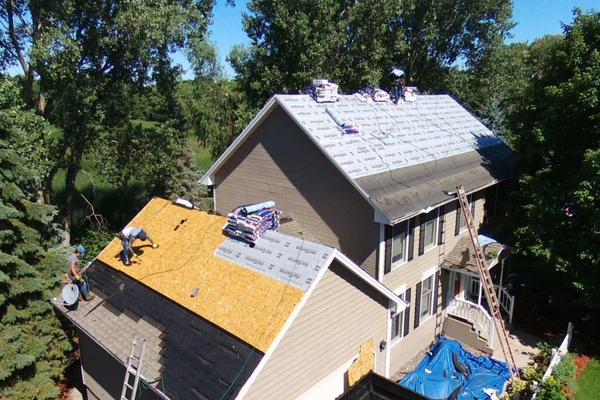
Specialized Situations and Solutions
Commercial property protection:
Large-scale openings and facades Commercial buildings often have extensive glass facades or large openings requiring specialized protection systems. Professional board-up specialists handle complex commercial installations.
Business continuity considerations Commercial properties need protection solutions that allow continued business operations when possible. Professional services design installations that maintain access while providing security.
Security and access control Business properties require enhanced security features and controlled access systems. Professional installations include lockable panels and alarmed openings.
Inventory and equipment protection Commercial spaces often contain valuable inventory and equipment requiring climate protection. Emergency services include ventilation and moisture control considerations.
Multi-story buildings:
High-rise access challenges Tall buildings require specialized equipment and safety protocols for emergency protection work. Professional teams have the training and equipment for elevated installations.
Specialized equipment requirements High-rise work needs boom lifts, scaffolding, or rappelling equipment. Professional services have access to appropriate equipment for safe installations.
Wind load considerations Upper floors experience higher wind loads requiring stronger fastening systems and reinforced materials. Professional calculations determine proper installation specifications.
Safety protocols for elevated work Elevated emergency work requires fall protection, weather monitoring, and specialized safety training. Professional teams follow OSHA requirements for high-elevation work.
Historic and specialty structures:
Preservation considerations Historic buildings require protection methods that don’t damage original materials or architectural features. Specialized techniques preserve historical integrity while providing protection.
Custom protection solutions Unique architectural features may require custom protection systems designed for specific building characteristics. Professional services develop appropriate solutions for specialty structures.
Material compatibility Historic buildings use materials that may react poorly with standard protection systems. Professional knowledge prevents damage to irreplaceable architectural elements.
Regulatory compliance Historic properties often have regulatory requirements for protection and repair methods. Professional services understand local preservation requirements and compliance procedures.

Materials and Equipment: What Makes the Difference
Board-up materials specifications:
Plywood grades and thicknesses Professional installations use exterior-grade CDX plywood in 5/8-inch or 3/4-inch thicknesses. These grades provide weather resistance and structural strength for temporary installations.
OSB vs. plywood considerations While OSB costs less than plywood, moisture exposure can cause OSB to swell and deteriorate. Professional services typically prefer plywood for superior weather resistance.
Hardware and fastening systems Specialized screws, bolts, and brackets provide secure attachment that resists wind loads and tampering attempts. Professional hardware includes corrosion-resistant coatings for longevity.
Security enhancement options High-crime areas may require enhanced security features like tamper-resistant fasteners, reinforced materials, or alarm integration. Professional services assess security needs and provide appropriate solutions.
Tarping materials and systems:
Tarp weights and durability ratings Professional roof tarps range from 6-mil thickness for temporary use to 20-mil reinforced materials for long-term protection. Weight ratings indicate wind resistance and longevity expectations.
Fastening and anchoring systems Proper tarp installation requires appropriate fastening systems including battens, screws, and weighted anchors. Professional installation prevents tarp failure during wind events.
Ventilation and moisture management Tarped areas need ventilation to prevent condensation and moisture buildup. Professional installations include ventilation considerations to prevent secondary moisture problems.
UV resistance and longevity Extended tarp installations require UV-resistant materials to prevent degradation from sun exposure. Professional-grade tarps maintain integrity for months of weather exposure.
Professional-grade equipment:
Lifting and access equipment Professional services have boom lifts, scaffolding, and ladder systems for safe access to damaged areas. Proper equipment allows secure installations at any height.
Cutting and installation tools Specialized saws, drills, and fastening tools speed installation and provide professional-quality results. Professional tools handle challenging installation conditions effectively.
Safety equipment and protocols Professional teams use fall protection, hard hats, safety glasses, and other protective equipment. Comprehensive safety protocols prevent injuries during emergency work.
Weather monitoring systems Professional services monitor weather conditions to time installations safely and effectively. Weather awareness prevents dangerous work during severe conditions.
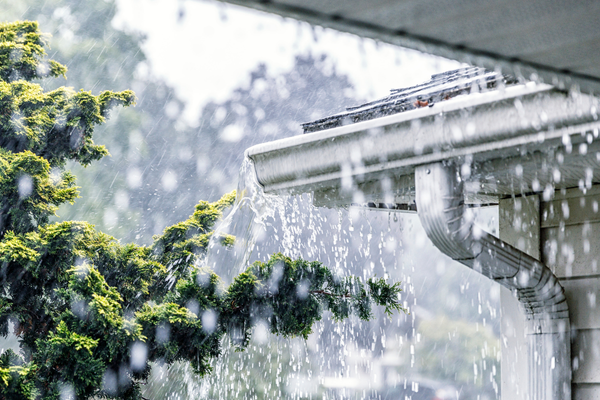
Seasonal Considerations and Preparedness
Storm season preparation:
Pre-season property inspections Annual property inspections identify vulnerable areas before storm season arrives. Professional assessments help property owners address weak points proactively.
Material procurement and staging Emergency services maintain material stockpiles during storm season to handle multiple simultaneous calls. Pre-positioning materials speeds response times during peak demand.
Emergency contact list development Property owners should establish relationships with emergency service providers before disasters strike. Having contact information readily available speeds response during emergencies.
Insurance policy review Annual insurance reviews help property owners understand emergency service coverage and claim procedures. Understanding coverage prevents delays during actual emergencies.
Winter weather challenges:
Cold weather installation techniques Freezing temperatures affect material performance and installation techniques. Professional teams adjust methods for cold weather conditions and use appropriate materials.
Ice and snow considerations create additional safety hazards and may require specialized equipment for safe access. Professional teams have experience working in winter conditions safely.
Heating and ventilation protection Winter installations must consider heating system protection and ventilation requirements. Improper installation can create carbon monoxide hazards or frozen pipes.
Frozen pipe prevention Emergency installations in winter must maintain adequate building ventilation to prevent pipe freezing. Professional services understand building systems and protection requirements.
Summer heat and UV protection:
Material expansion considerations Hot weather causes materials to expand, affecting installation tolerances and fastening requirements. Professional installation accounts for thermal expansion in summer conditions.
Worker safety in extreme heat High temperatures create worker safety concerns requiring hydration breaks, shade, and heat illness prevention protocols. Professional teams adjust work schedules for extreme heat.
UV degradation prevention Summer installations face intense UV exposure requiring appropriate material selection and protective coatings. Professional services choose materials rated for sun exposure.
Ventilation requirements Hot weather installations need adequate ventilation to prevent overheating and moisture buildup. Professional designs include appropriate ventilation for summer conditions.
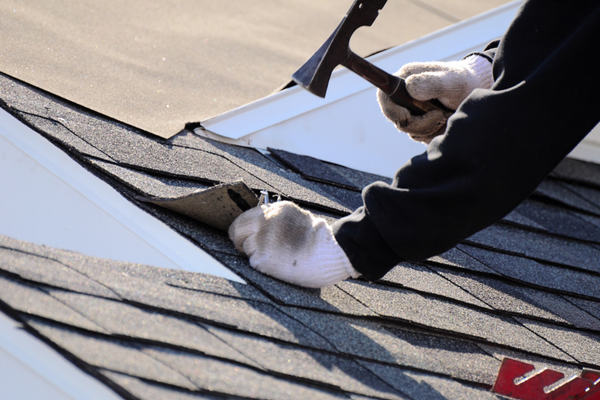
Choosing the Right Emergency Service Provider
Key qualifications to verify:
24/7 emergency availability True emergency services provide around-the-clock response capability including weekends and holidays. Verify that services can respond during your emergency timeframe.
Proper licensing and insurance Professional services carry appropriate licensing for construction work and comprehensive insurance covering property damage and worker injuries. Request verification of current coverage.
Local experience and reputation Local companies understand regional weather patterns, building codes, and insurance requirements. Check references and online reviews from recent Charlotte customers.
Equipment and material access Professional services maintain equipment inventories and material stockpiles for immediate response. Verify that companies can handle your property size and damage type.
Questions to ask potential providers:
Average response time commitments Ask about typical response times for your area and damage type. Emergency roofers near me should provide realistic timeframe estimates for your situation.
Service area coverage Verify that services cover your specific location and can respond during widespread emergency situations. Some companies limit service areas during peak demand periods.
Insurance company partnerships Companies working with major insurance carriers understand claim procedures and documentation requirements. These relationships can speed claim processing and payment.
Warranty and guarantee policies Professional services stand behind their emergency work with appropriate warranties covering material and labor. Understand coverage terms and duration.
Red flags to avoid:
Door-to-door solicitation after disasters Legitimate emergency services don’t need to solicit door-to-door after disasters. Be suspicious of companies appearing at your property without being called.
Cash-only payment demands Professional services accept insurance payments and provide proper invoicing. Avoid companies demanding immediate cash payment or large upfront fees.
No local address or references Legitimate local companies have established addresses and can provide recent customer references. Avoid companies without verifiable local presence.
Pressure for immediate decisions Emergency situations require quick action, but professional services allow time for insurance consultation and decision-making. Avoid high-pressure sales tactics.

Maintenance and Monitoring
Regular inspection schedules:
Weather-related check protocols Emergency installations require inspection after significant weather events including high winds, heavy rain, or temperature extremes. Regular checks prevent small problems from becoming major issues.
Fastener and seal integrity Monthly inspections should check all fasteners, seals, and attachment points for loosening or deterioration. Professional maintenance includes tightening and replacing hardware as needed.
Material condition assessment Visual inspections check for material damage, UV degradation, or moisture problems. Early detection prevents installation failure and protects property from further damage.
Security system functionality Properties with security integration need regular testing of alarms, locks, and access control systems. Maintenance includes battery replacement and system updates.
Maintenance requirements:
Tarp adjustment and re-tensioning Roof tarps may loosen over time requiring periodic adjustment and re-tensioning. Professional maintenance includes proper tensioning to prevent wind damage and water pooling.
Hardware inspection and replacement Fasteners and hardware may corrode or loosen over time requiring inspection and replacement. Professional maintenance uses appropriate replacement parts and installation techniques.
Drainage and ventilation clearance Emergency installations must maintain proper drainage and ventilation to prevent moisture problems. Regular maintenance includes clearing debris and checking drainage systems.
Access point security Lockable access points require regular maintenance of locks, hinges, and security features. Professional maintenance includes lubrication and hardware replacement as needed.
Transition planning:
Coordinating with permanent repairs Emergency installations must coordinate with permanent repair schedules to prevent delays and conflicts. Professional services work with repair contractors to plan transitions.
Material removal and disposal Professional removal includes proper disposal of emergency materials and restoration of original building appearance. Post-installation cleanup prepares properties for permanent repairs.
Property restoration preparation Removing emergency installations may require surface preparation and minor repairs before permanent work begins. Professional services coordinate with restoration contractors.
Final inspection and documentation Professional removal includes final property inspection and documentation for insurance and restoration purposes. Proper documentation supports warranty and insurance claims.

Prevention and Future Preparedness
Property hardening strategies:
Window and door reinforcement Upgrading to impact-resistant windows and reinforced doors reduces vulnerability to storm damage and break-ins. Professional assessment identifies cost-effective hardening opportunities.
Roof system improvements Regular roof maintenance and upgrading to wind-resistant materials reduces emergency service needs. Professional roof inspections identify improvement opportunities.
Drainage and water management Proper drainage systems prevent water damage during storms and reduce the need for emergency services. Professional drainage assessment identifies improvement needs.
Landscaping and tree management Regular tree trimming and removal of dead branches reduces storm damage risk. Professional arborist services identify trees posing risks to buildings.
Emergency preparedness planning:
Contact list development Maintain updated contact information for emergency services, insurance companies, and utility providers. Quick access to contact information speeds emergency response.
Insurance policy optimization Regular insurance reviews help property owners understand coverage and identify gaps. Professional insurance consultation optimizes coverage for emergency situations.
Emergency supply procurement Basic emergency supplies including flashlights, tarps, and tools allow property owners to take immediate protective action. Emergency kits supplement professional services.
Family evacuation procedures Emergency plans should include family evacuation procedures and communication plans. Professional emergency planning consultation develops appropriate procedures.
Regular maintenance prevention:
Seasonal property inspections Professional property inspections identify potential problems before they become emergencies. Regular maintenance prevents many emergency situations.
Preventive repair scheduling Addressing minor problems before they become major issues reduces emergency service needs. Professional maintenance schedules prevent emergency situations.
Weather monitoring and alerts Weather monitoring systems provide advance warning of severe conditions allowing proactive protection measures. Professional services often provide weather monitoring for clients.
Professional relationship development Establishing relationships with emergency service providers before disasters strike speeds response and improves service quality. Professional services often provide priority response for established clients.
Conclusion:
Emergency board-up services and roof tarping provide critical protection during the vulnerable hours after property damage. Professional installation using quality materials prevents thousands of dollars in secondary damage.
Speed is essential – the first 24-48 hours determine whether minor damage becomes a major restoration project. Professional emergency services provide the expertise and equipment needed for effective protection.
Professional emergency services combine speed, safety, and quality installation to protect your property effectively. Experienced teams understand material requirements, installation techniques, and safety protocols for emergency situations.
Content Restoration Services provides Charlotte families with reliable emergency protection backed by professional experience and quality materials. Our 24/7 response capability means help is available when you need it most.
The time to find emergency service providers is before you need them. Establishing relationships with reliable companies speeds response and provides peace of mind during emergencies.
Professional emergency services provide more than just protection – they provide expertise, documentation, and coordination that supports insurance claims and restoration planning.
Emergency board-up services near me and emergency roof covering services protect what matters most when disaster strikes. Professional response, quality materials, and expert installation provide the protection your property needs during its most vulnerable time.

